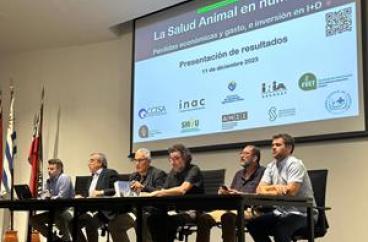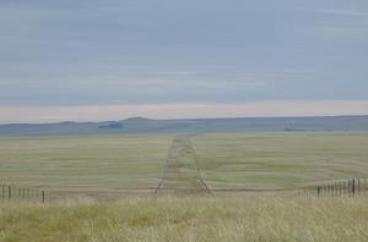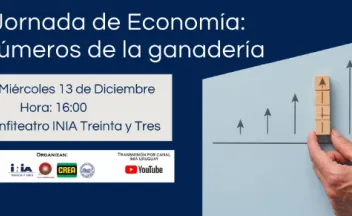
12/12/2023
Salud animal en Uruguay: más de 1000 millones de dólares en pérdidas y gastos al año, y solo 5 millones de dólares en soluciones de I+D
Consultoría en Salud Animal





